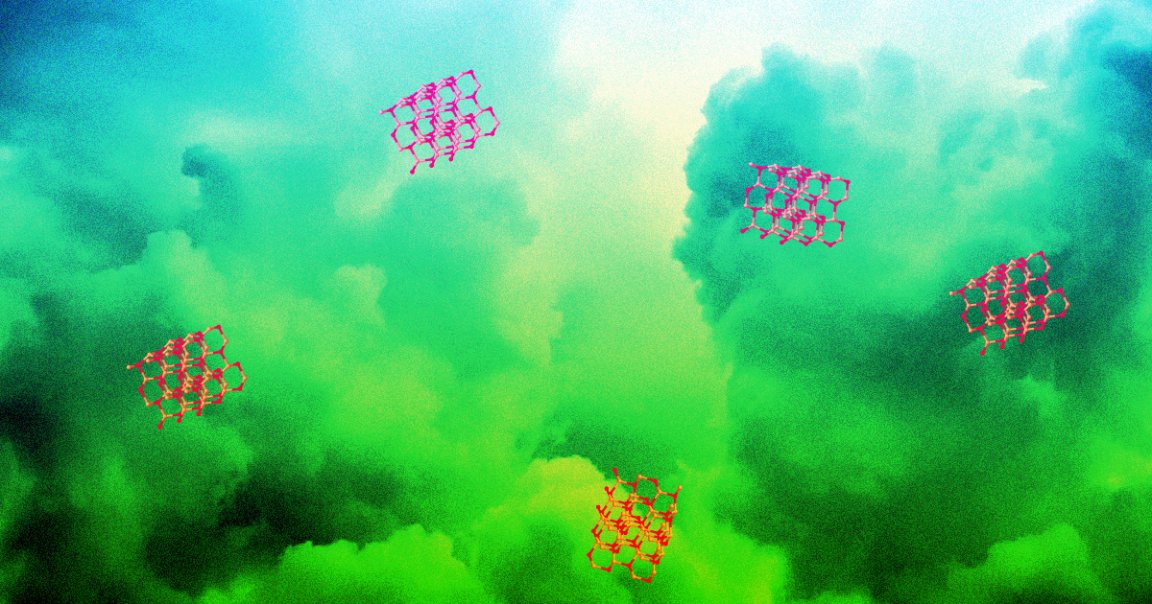
As huge swathes of the West Coast are facing some of the most serious droughts the region has ever seen — almost certainly as a result of climate change — atmospheric scientists are trying to come up with solutions.
Eight US states are now using a technique called “cloud seeding” to encourage clouds to form and provide drought-stricken regions with some much needed water, Scientific American reports.
The technique involves releasing silver iodide particles, which have very similar structures to ice, in the air, often from planes. Once they reach the inside of clouds, they attract droplets, which then cluster and freeze as they gather. The result, in theory: more fresh water reaching the ground.
The idea of cloud seeding has been around for decades, since at least the 1940s, but the practice couldn’t be more relevant today as temperatures rise, increasing the risk of droughts. In fact, some researchers are now warning of increasing risks of “megadroughts” that could last for decades.
“Certainly we’re in a better position now to address that question than we were 10 years ago,” Jeff French, an atmospheric scientist at the University of Wyoming, told SA. “The state of the science has progressed to the point that it is a question that we can and should be trying to address now.”
So far, the most common use for cloud seeding has been to generate more snow. This snow precipitates in the winter, and then melts in the spring, providing millions with fresh water.
“Water managers basically have two choices, and both of them are implemented,” French told the magazine. “One is to somehow reduce the demand through conservation, and the other is to somehow increase the supply. And cloud seeding is a relatively inexpensive proposition.”
There’s one big problem, however: we’re not entirely sure how well it works. Experiments throughout the second half of the 20th century have yielded disappointing results.
But that’s not stopping states including Colorado, Utah, and Wyoming from attempting to make it rain using the technique. Some programs, according to Scientific American, saw an increase of five to 15 percent more snowfall compared to areas with no cloud seeding — yet these programs were unable to scientifically prove a causal link between cloud seeding and more snow.
Scientists like French are still not entirely convinced cloud seeding would be a viable solution to droughts.
But with a rapidly changing climate, it’s arguably worth trying every trick in the book to save drought-prone regions.
READ MORE: Eight States Are Seeding Clouds to Overcome Megadrought [Scientific American]
More on cloud seeding: China Is Rolling Out an Enormous “Weather Modification” System